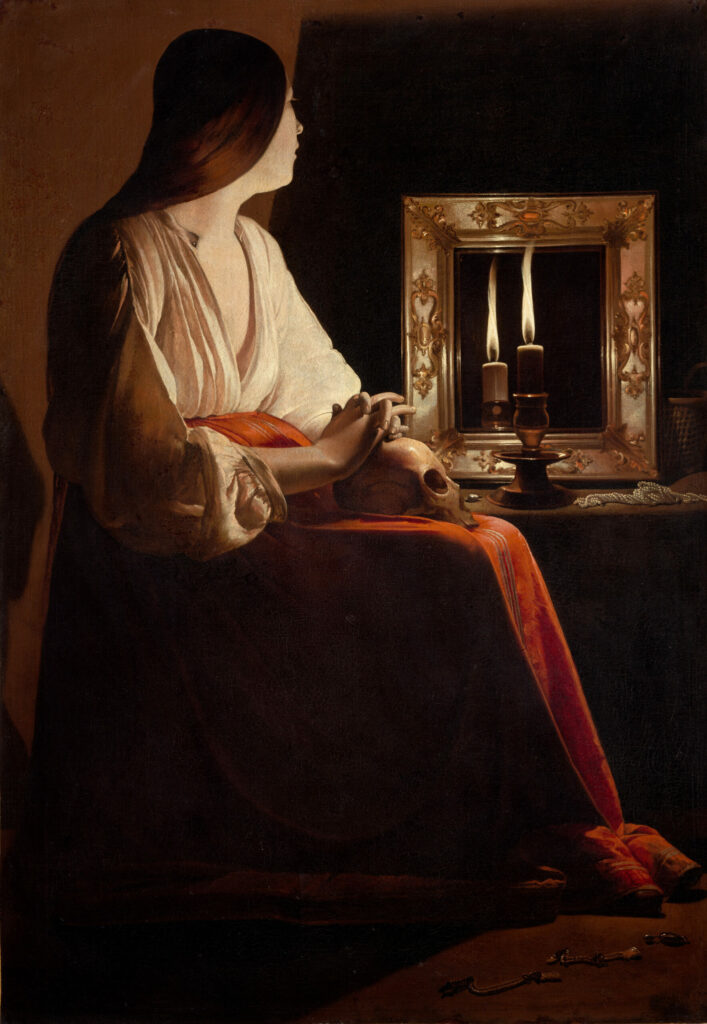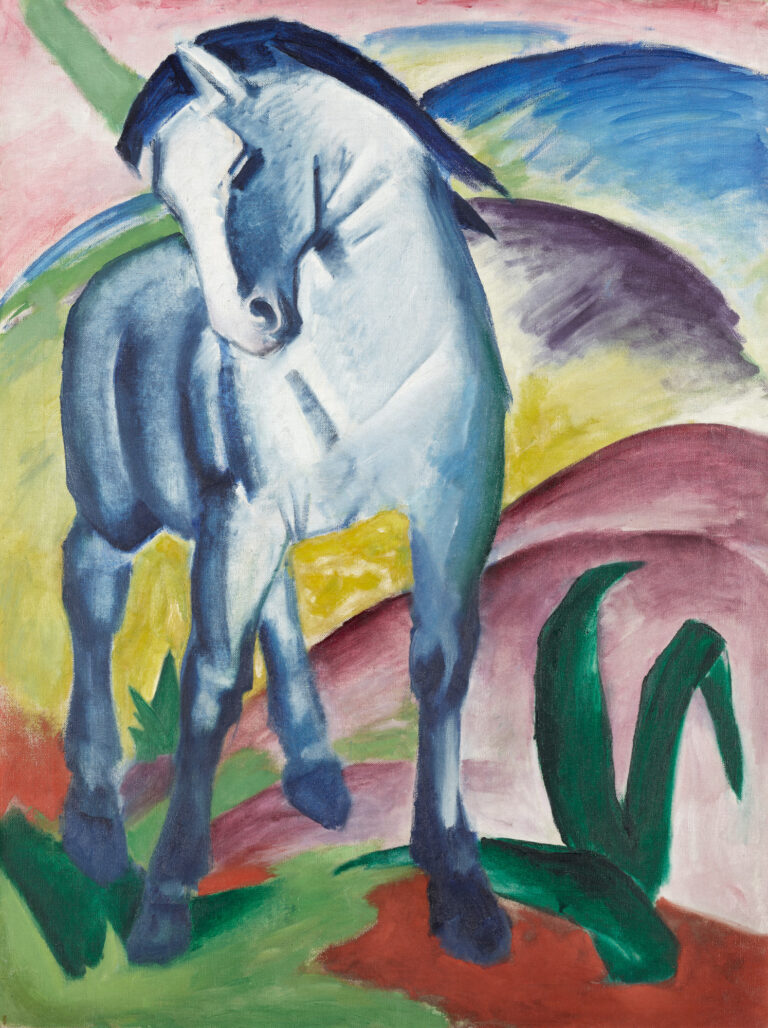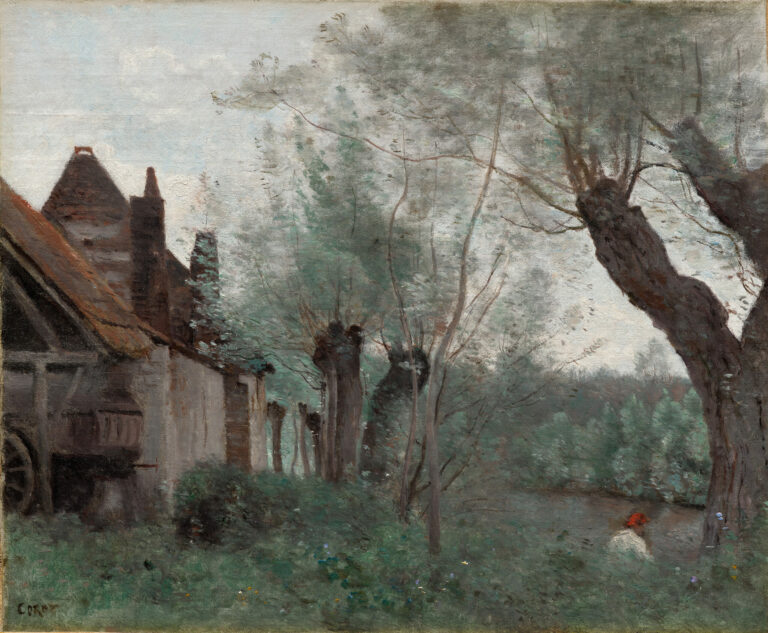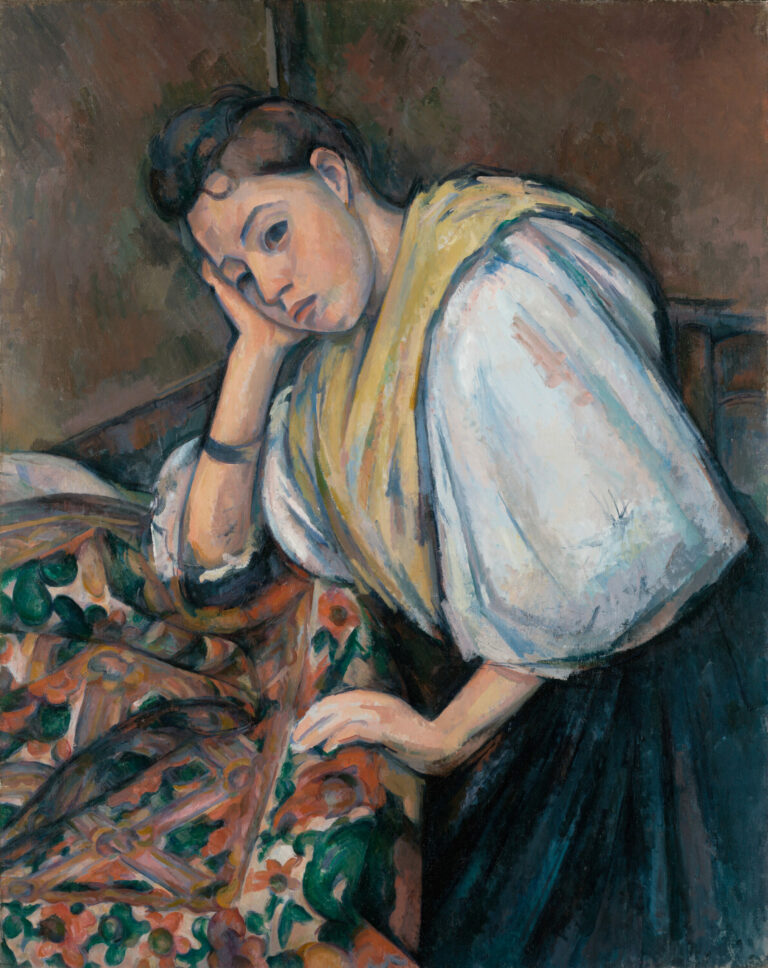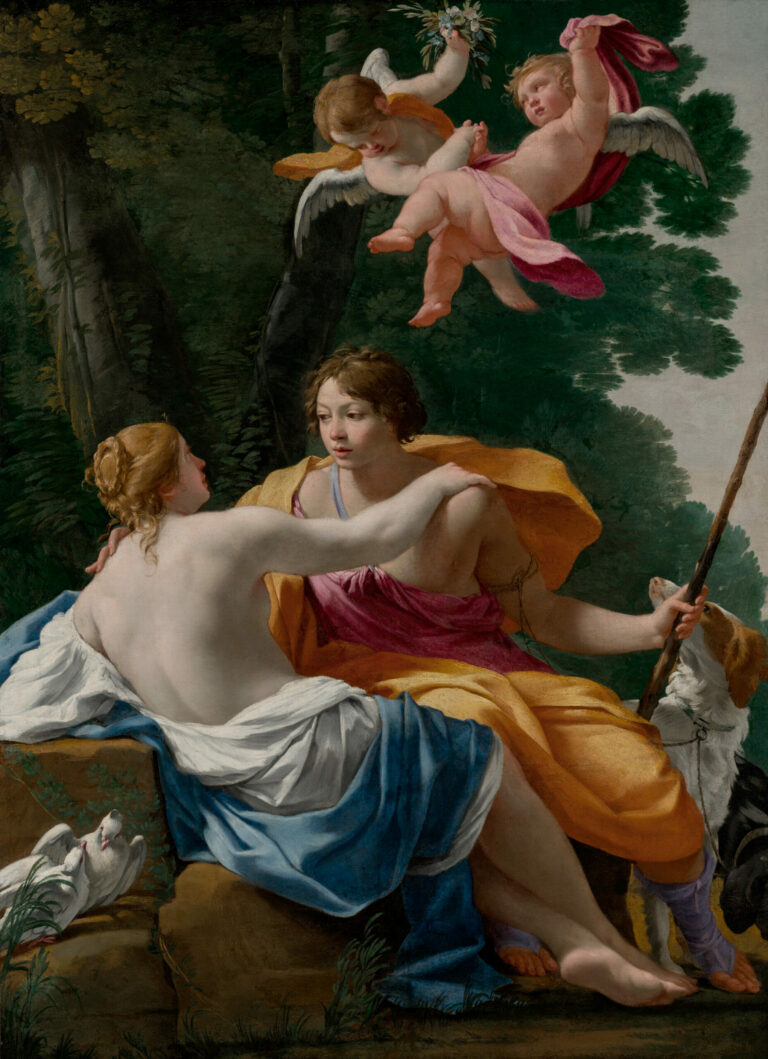Georges de La Tour creates a visual meditation of great intensity on the theme of penitence.
The composition unfolds in chiaroscuro where the flickering of candles becomes spiritual revelation. Mary Magdalene, figure of the repentant sinner, appears in contemplative immobility, her delicate profile sharply outlined against the surrounding darkness.
The chromatic palette, dominated by the immaculate white of her chemise and the vibrant orange of her skirt, creates a dramatic tension that transcends the simplicity of the scene. The ornate mirror, once a reflection of worldly vanity, now returns the image of purifying flames while the skull, resting on her knees, eloquently reminds us of the fleeting nature of earthly existence. Here, La Tour orchestrates a silent theater of conversion, where each element—meditative posture, allegorical symbols, treatment of light—contributes to expressing the ineffable: that suspended moment when the soul, confronted with its finitude, embraces infinity.
Additional Information
- Title: “The Penitent Magdalene” by Georges de La Tour, circa 1640
- Dimensions: 133.4 x 102.2 cm (52 1/2 x 40 1/4 in.)
- Location: The Metropolitan Museum of Art, Fifth Avenue, New York, exhibited in Gallery 622
- https://www.metmuseum.org/art/collection/search/436839
Georges de La Tour (1593-1652), a 17th-century Lorraine master, remains one of the most singular voices in French Baroque art. Rediscovered late after centuries of oblivion, his art is distinguished by formal austerity and profound spirituality that contrast with his contemporaries.
While initially inspired by Caravaggesque tenebrism, La Tour developed a unique pictorial language where light, almost always artificial, becomes a metaphysical protagonist. His nocturnes, constructed around visible light sources—candles, lanterns, or torches—create spaces of contemplation where the everyday transmutes into mystical experience.

